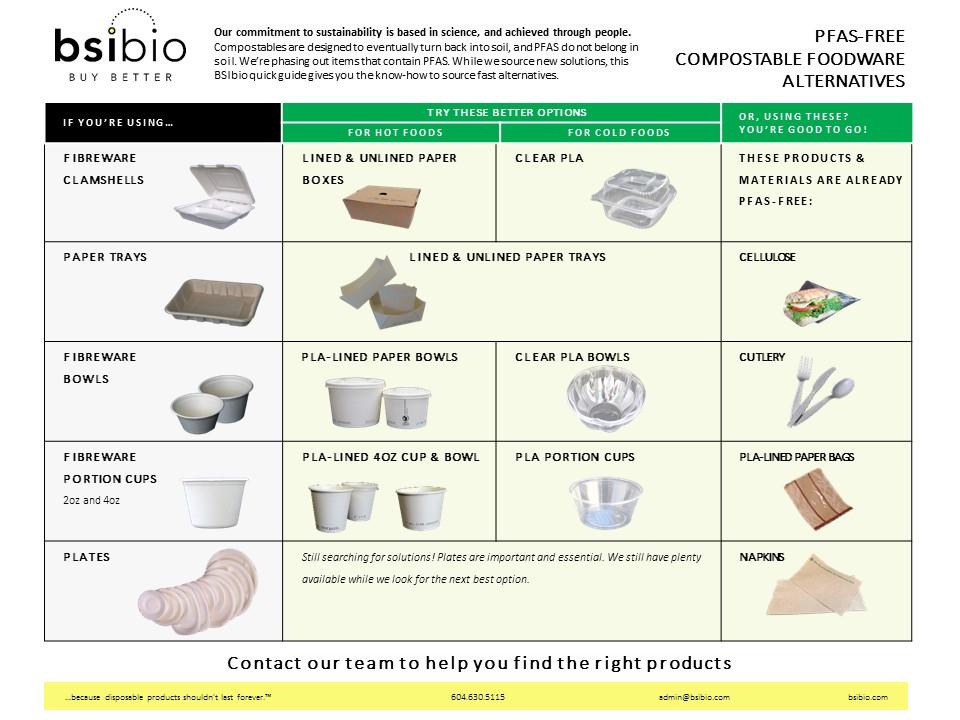Researchers Target Safer Substitutes for Persistent Chemicals
In today’s world, where environmental issues and health risks dominate discussions, researchers are making notable progress in finding safer substitutes for what are commonly referred to as “forever chemicals.” These per- and polyfluoroalkyl substances (PFAS) have gained notoriety due to their resilience and extensive application across various sectors. Increasing scrutiny surrounding their long-lasting presence in the environment and potential health hazards has prompted a shift towards more sustainable alternatives. This article explores recent developments in the search for effective replacements for PFAS, emphasizing both the obstacles faced and the breakthroughs achieved that could shape future chemical safety practices.
New Alternatives for Harmful Chemicals
As awareness of the harmful effects of persistent pollutants rises, scientists are urgently working to discover safer alternatives to these so-called ‘forever chemicals.’ PFAS are infamous for their durability against degradation and adverse effects on human health as well as ecosystems. In response, researchers are investigating a range of innovative materials that can effectively replace these dangerous compounds in applications such as textiles and food packaging. Some noteworthy alternative solutions include:
- Natural Materials: Utilizing organic fibers along with biodegradable polymers.
- Eco-Friendly Surface Treatments: Implementing sustainable methods to improve water resistance without toxic side effects.
- Sustainable Coatings: Creating non-toxic coatings that provide similar protective qualities without harmful consequences.
The collaboration between industries, academic institutions, and regulatory agencies is vital in expediting the transition toward safer chemical practices. Research teams rigorously test these alternatives to ensure they meet safety standards while maintaining performance levels comparable to PFAS. Initial findings indicate that some replacements not only match PFAS performance but also break down more efficiently within natural environments. Below is an overview of current research outcomes regarding alternative materials:
| Alternative Material | Main Characteristics | Environmental Impact | |
|---|---|---|---|
| Sustainable Polymers | Renewable resources; biodegradable properties | Low toxicity; environmentally friendly breakdown processes | |
| Nontoxic Water-Repellent Coatings | Diverse applications; durable nature | Safe for aquatic ecosystems||
| Recycled Products | | Utilizes waste materials | |
| Innovation | Description | | |
| Initiative | th> tr> head > | Enhanced standards pertaining directly towards ensuring overall product safety<
/tbody /table
Final ThoughtsAs investigations continue unraveling complexities tied around “forever chemicals,” momentum builds behind pursuing viable substitutions offering hope against detrimental impacts posed upon our environment & public welfare alike! Innovative methodologies highlighted through recent studies promise significant reductions concerning both ecological threats & human health concerns alike reflecting growing commitment found amongst scientific circles tackling one pressing challenge facing society today! Standing poised amidst crossroads linking technological advancement alongside responsible stewardship over nature’s resources—developments emerging here signal brighter prospects ahead free from burdensome pollutants plaguing us presently! Ongoing vigilance coupled together with investments made toward further exploration remain crucial steps taken moving forward aiming ultimately achieving lasting solutions safeguarding planet Earth along its inhabitants’ well-being too! |
|---|
